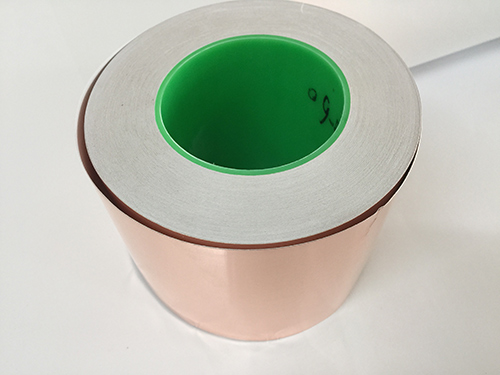

Today, let’s continue to learn about the HTE copper foil and RTF copper foil:
1. DST copper foil
Double Side Treatment Copper Foil is a special type of copper foil that undergoes roughening treatment on both the smooth and rough sides. The primary purpose of this treatment is to reduce costs, as roughening the smooth side can eliminate the need for copper surface treatment and browning steps before lamination. DST can be used as the inner layer copper foil for multi-layer boards, eliminating the need for browning (blackening) treatment before lamination. However, the downside is that the copper surface must not be scratched, and once contaminated, it is difficult to clean, which limits its application. Currently, the use of DST is gradually decreasing.
2. LP copper foil
Low Profile Copper Foil is a general term that includes further reduced profile copper foils such as Very Low Profile Copper Foil (VLP) and High Volume Low Pressure (HVLP), as well as HVLP2. The microcrystallization of the original foil of general copper foil is very rough, with coarse columnar crystals and significant undulation, which increases the transmission path of current in the conductor and leads to increased resistance. In contrast, LP copper foil has very fine crystallization (below 2 microns), isometric grains, no columnar crystals, and presents lamellar crystallization with flat edges, which is beneficial for signal transmission. LP copper foil is mainly used in high-frequency high-speed boards because its characteristics can enhance electrical performance, especially in high-frequency signal transmission.